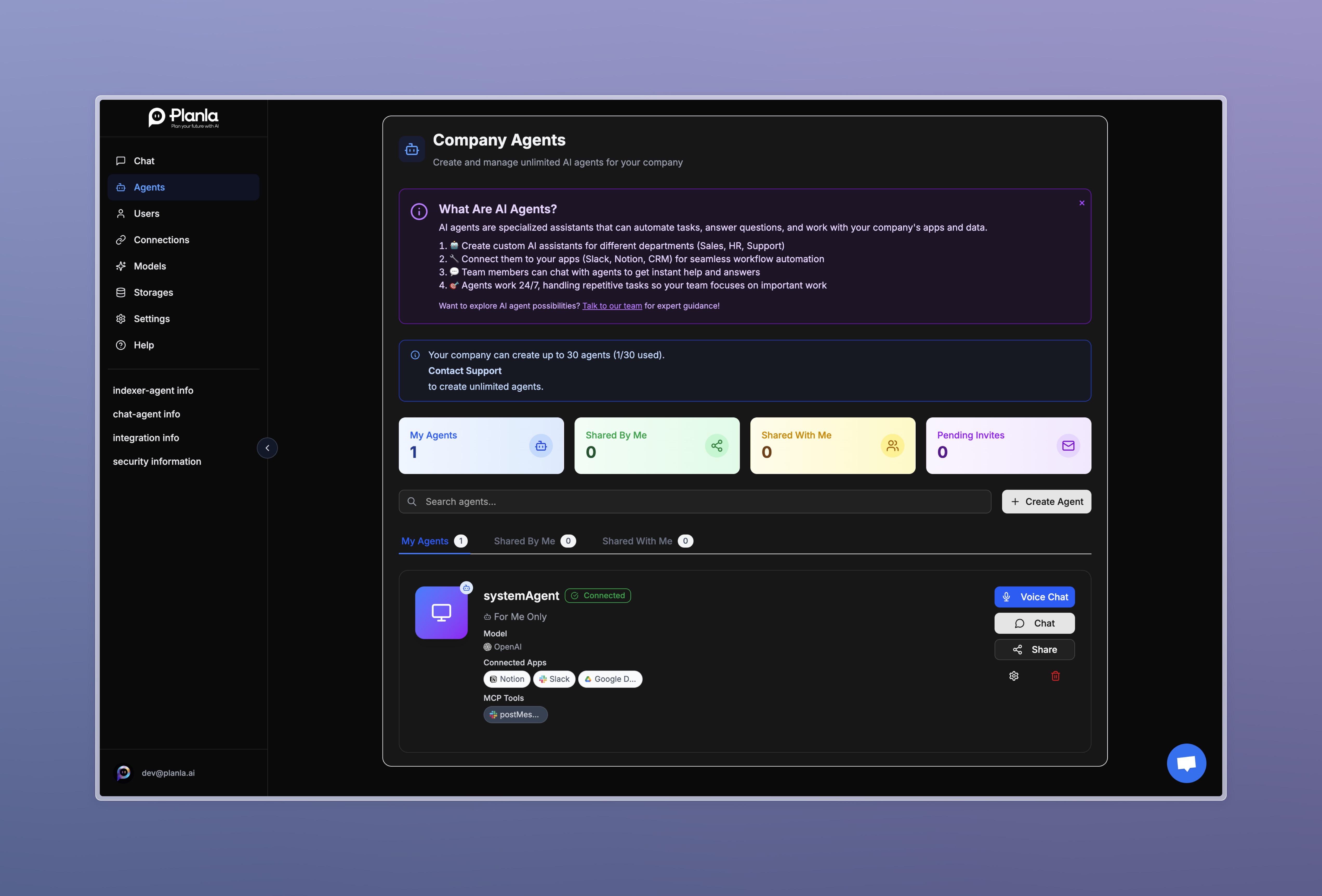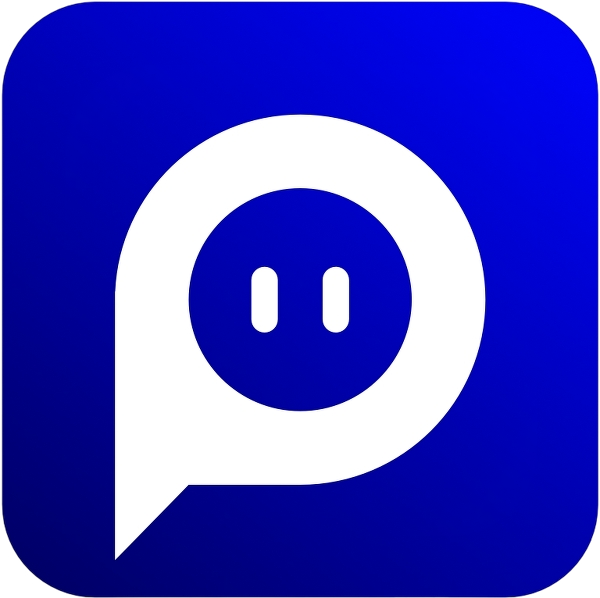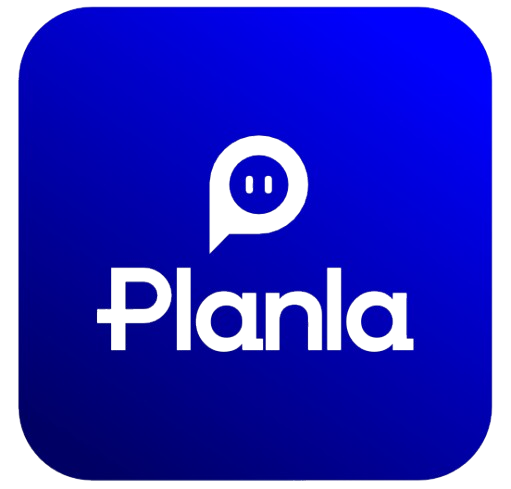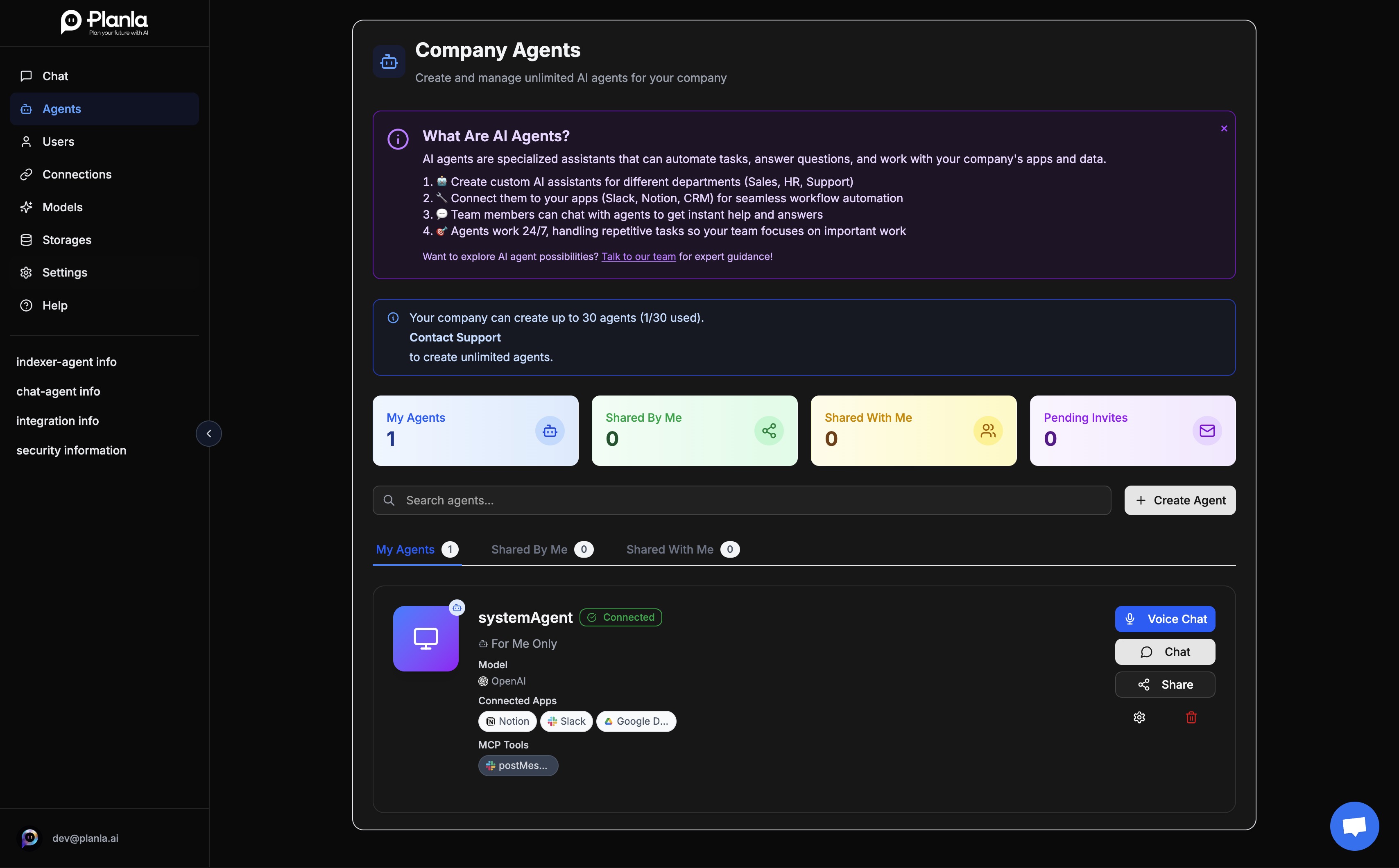from DATA TO DESTINY
Build AI Agents That Think, Create, and Execute.
The single platform to develop intelligent agents that seamlessly integrate with your existing systems and automate your workflows, end-to-end. All while giving you complete control over your data.

Features
The End-to-End AI Framework
Follow a clear path from raw data to functional AI agents. Our structured process ensures total control and transparency at every stage.
Connect Your Own Cloud Storage
Ensure data privacy and sovereignty by integrating your data into your own infrastructure. Your data stays with you, fully under your control from day one.

Integrate Your Data
With 100+ integrations, unify and harmonize data from Google Workspace, Microsoft 365, CRM, ERP, and all other systems on a single platform. Create a single source of truth for your agents.
Multi-LLM Connection
Eliminate model dependency by connecting to large language models such as OpenAI, Anthropic, and Mistral in parallel. Choose the best model for each specific task.
Create Your Own Agents
Define and activate intelligent agents that learn your business rules, understand your processes, and can take action.
Develop Agent-Specific Tools
Expand the capabilities of each agent by providing unique functions with no-code or API/SDK-supported tools. Give your agents the exact skills they need to succeed.
Ready to Join?
Build solutions that run on your rules. Discover the efficiency Planla.ai can bring to your operations.
Feature
Orchestrate a Team of AI Agents to Run Your Operations
Go beyond single tasks. Build a hierarchical team of AI agents, led by a Supervisor, that work in concert to manage complex processes and achieve strategic goals with maximum efficiency.
Assign a Supervisor Agent to oversee and coordinate all other agents.
Deploy C-Level agents to manage specific departments or major functions.
Delegate routine tasks to specialized Task Agents that execute with precision.
Feature
Built for Real-World Enterprise Challenges
Planla.ai is engineered to overcome the core obstacles of AI integration. Our framework directly addresses critical needs like absolute data security, multi-model flexibility, and deep workflow customization that off-the-shelf products cannot provide.
75%
Reduction in Manual Tasks
4x
Faster Process Completion
Integrations
The Anatomy of an Intelligent Agent
We provide every component required to build truly autonomous systems. Explore the powerful parts that power every agent built on Planla.

Unified Data Integration
All data, one brain
Multi-LLM Connection
The right data, the right model
Persistent Memory Layer
Never forgets, always learns
Custom Tool Development
Doesn't just talk, it acts
Supervisor Agent Hierarchy
Not one agent, an organized team
FAQ
Got a question? We’ve got the answers.
Have a question? Just let us know—we’re here to help.
What exactly is an "AI Agent," and how is it different from a simple chatbot?
A chatbot is typically designed to provide answers from a predefined knowledge base or handle simple dialogues. An AI Agent goes far beyond that. An agent:
Reasons: It can break down complex goals into smaller, manageable steps.
Uses Tools: It doesn't just talk; it can take real-world actions through APIs, such as sending an email, querying a database, or triggering another software.
Has Memory: It remembers past interactions and uses that context to improve its future decisions.
In short, while a chatbot provides information, an AI Agent is a system that autonomously thinks, plans, and acts to achieve goals.
Reasons: It can break down complex goals into smaller, manageable steps.
Uses Tools: It doesn't just talk; it can take real-world actions through APIs, such as sending an email, querying a database, or triggering another software.
Has Memory: It remembers past interactions and uses that context to improve its future decisions.
In short, while a chatbot provides information, an AI Agent is a system that autonomously thinks, plans, and acts to achieve goals.
How do you ensure the security of our data? Do the LLMs learn from our data?
This is a core principle of our platform's design. We ensure data security on two primary levels:
Data Sovereignty: Planla runs within your own cloud (VPC) or on-premise servers. This means your sensitive data never touches our infrastructure or that of any third party. You have complete control.
Model Independence: The Large Language Models (LLMs) you use are called via API. Most leading providers, like OpenAI and Anthropic, commit to not using data submitted via their API to train their models. The Planla platform establishes these secure connections, ensuring your data is only used for the immediate task and is not made persistent by the model provider.
Data Sovereignty: Planla runs within your own cloud (VPC) or on-premise servers. This means your sensitive data never touches our infrastructure or that of any third party. You have complete control.
Model Independence: The Large Language Models (LLMs) you use are called via API. Most leading providers, like OpenAI and Anthropic, commit to not using data submitted via their API to train their models. The Planla platform establishes these secure connections, ensuring your data is only used for the immediate task and is not made persistent by the model provider.
What does "Multi-LLM" support mean, and why is it important?
"Multi-LLM" support means our platform is not dependent on a single AI model (e.g., only GPT-4). You can connect models from many different providers—such as OpenAI, Anthropic, Mistral, and Google—at the same time. This gives you several key advantages:
The Right Tool for the Job: Some models excel at creative writing, while others are better at code generation. You have the flexibility to choose the best and most cost-effective model for each specific task.
Resilience and Uptime: If one model provider experiences an outage or performance issues, the system can automatically switch to another, ensuring your operations continue without interruption.
Bargaining Power & Future-Proofing: You avoid vendor lock-in and can always leverage the best technology the market has to offer.
The Right Tool for the Job: Some models excel at creative writing, while others are better at code generation. You have the flexibility to choose the best and most cost-effective model for each specific task.
Resilience and Uptime: If one model provider experiences an outage or performance issues, the system can automatically switch to another, ensuring your operations continue without interruption.
Bargaining Power & Future-Proofing: You avoid vendor lock-in and can always leverage the best technology the market has to offer.
How are new "tools" added for agents to use? Is it a technical process?
A "tool" is a function that allows an agent to perform a specific job (e.g., a "create new customer in CRM" tool). Planla makes adding tools accessible for all user levels:
No-Code Interface: Using our built-in integrations (for Google Workspace, Slack, Jira, etc.), you can define new tools without writing any code, much like filling out a form.
API/SDK Support: Your developers can easily build custom tools in Python or Node.js for your company's proprietary software or any other external API.
The agent understands which tool it needs to accomplish a task, gathers the necessary information, and executes that tool autonomously.
No-Code Interface: Using our built-in integrations (for Google Workspace, Slack, Jira, etc.), you can define new tools without writing any code, much like filling out a form.
API/SDK Support: Your developers can easily build custom tools in Python or Node.js for your company's proprietary software or any other external API.
The agent understands which tool it needs to accomplish a task, gathers the necessary information, and executes that tool autonomously.
What does "Multi-Agent Orchestration" actually do? Isn't one powerful agent enough?
While a single agent is great for individual tasks, it can't manage the complexity of a real business. True operational autonomy requires a team that can collaborate. This is why we built Multi-Agent Orchestration, a framework that lets you create a structured, hierarchical AI workforce. Think of it as building a digital command structure for your company:
The Supervisor Agent (The Strategist): At the top, you have a Supervisor. You give it a high-level, complex goal, like, "Launch our new product in Europe." The Supervisor doesn't execute the tasks itself; its job is to create a strategic plan and delegate responsibilities to the right C-Level agents.
C-Level Agents (The Department Heads): These are specialized agents responsible for entire business functions. The Supervisor breaks down the launch plan and assigns tasks accordingly:
It tells the "Chief Marketing Agent (CMO)": "Develop and execute a marketing campaign for the European launch."
It tells the "Chief Financial Agent (CFO)": "Model the financial projections and budget for this launch."
Task Agents (The Executors): These are the specialists who actually carry out the work. The C-Level agent directly assigns various Task Agents to implement their strategy. For example, the CMO Agent does the following:
It instructs the Content Agent (a Task Agent): "Write blog posts and press releases for the launch."
It assigns the Social Media Agent (a Task Agent): "Schedule promotional posts across all platforms."
It tasks the Analytics Agent (a Task Agent): "Track campaign performance and report back daily."
This three-tiered structure allows Planla to handle incredibly complex, long-running business objectives. It mirrors a real-world chain of command, ensuring that strategy is effectively translated into coordinated, specialist action.
The Supervisor Agent (The Strategist): At the top, you have a Supervisor. You give it a high-level, complex goal, like, "Launch our new product in Europe." The Supervisor doesn't execute the tasks itself; its job is to create a strategic plan and delegate responsibilities to the right C-Level agents.
C-Level Agents (The Department Heads): These are specialized agents responsible for entire business functions. The Supervisor breaks down the launch plan and assigns tasks accordingly:
It tells the "Chief Marketing Agent (CMO)": "Develop and execute a marketing campaign for the European launch."
It tells the "Chief Financial Agent (CFO)": "Model the financial projections and budget for this launch."
Task Agents (The Executors): These are the specialists who actually carry out the work. The C-Level agent directly assigns various Task Agents to implement their strategy. For example, the CMO Agent does the following:
It instructs the Content Agent (a Task Agent): "Write blog posts and press releases for the launch."
It assigns the Social Media Agent (a Task Agent): "Schedule promotional posts across all platforms."
It tasks the Analytics Agent (a Task Agent): "Track campaign performance and report back daily."
This three-tiered structure allows Planla to handle incredibly complex, long-running business objectives. It mirrors a real-world chain of command, ensuring that strategy is effectively translated into coordinated, specialist action.
How does your platform's "memory" mechanism work? What do agents remember and for how long?
Our agents' memory is two-tiered, similar to human memory:
Short-Term Memory (Working Memory): This is where the agent holds the context of the current conversation or task. For example, while talking to a customer, it remembers the last few messages to maintain a coherent dialogue. This memory is volatile and is cleared once the task is complete.
Long-Term Memory: This is where the agent learns permanently. Planla summarizes key information (e.g., "Customer X always prefers reports in PDF format" or "The solution to this type of error is Y") and stores it in a vector database. When an agent encounters a new task, it first queries this long-term memory to benefit from past experiences. This allows the agent to become smarter, more personalized, and more efficient over time.
Short-Term Memory (Working Memory): This is where the agent holds the context of the current conversation or task. For example, while talking to a customer, it remembers the last few messages to maintain a coherent dialogue. This memory is volatile and is cleared once the task is complete.
Long-Term Memory: This is where the agent learns permanently. Planla summarizes key information (e.g., "Customer X always prefers reports in PDF format" or "The solution to this type of error is Y") and stores it in a vector database. When an agent encounters a new task, it first queries this long-term memory to benefit from past experiences. This allows the agent to become smarter, more personalized, and more efficient over time.

